Home>diy>Architecture & Design>How To Design A House With A Green Roof
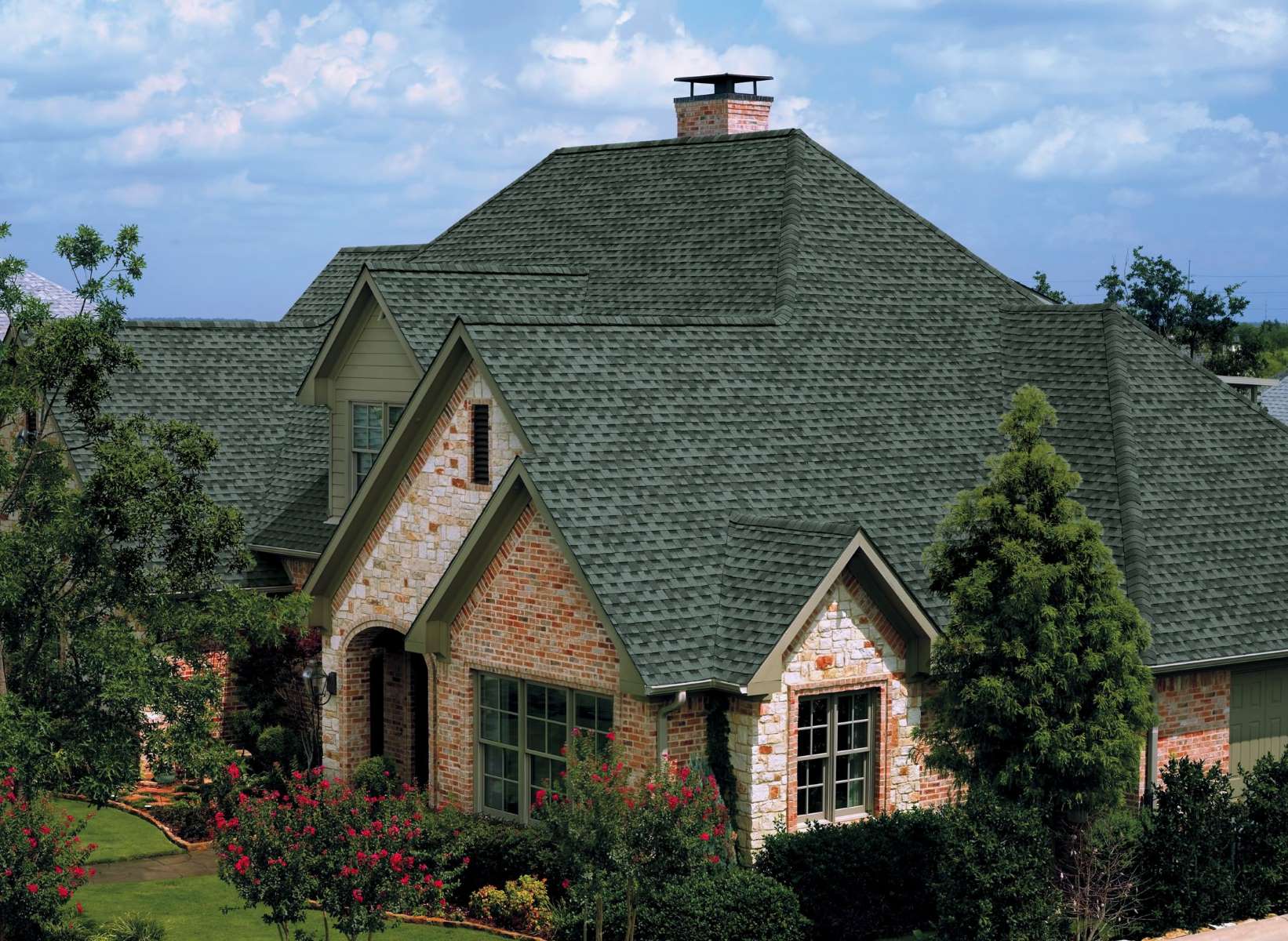

Architecture & Design
How To Design A House With A Green Roof
Modified: January 19, 2024
Learn how to incorporate green roofs into your house design with the help of architecture design principles. Create an eco-friendly and sustainable living space.
(Many of the links in this article redirect to a specific reviewed product. Your purchase of these products through affiliate links helps to generate commission for Storables.com, at no extra cost. Learn more)
Introduction
Creating a sustainable and environmentally friendly home has never been more important. As we strive to reduce our carbon footprint and minimize the impact on the planet, incorporating green design elements into our homes has become a crucial aspect of architecture and construction. One such design element that has gained popularity and recognition for its eco-friendly benefits is the incorporation of a green roof.
A green roof, also known as a living roof or vegetative roof, is a roof that is partially or completely covered with vegetation. It is a unique and innovative way to transform an ordinary roof into a green space that offers numerous advantages for both the environment and the occupants of the building.
In this article, we will explore the benefits of a green roof, the factors to consider before designing one, and the step-by-step process for creating a house with a green roof. Whether you’re a homeowner looking to enhance the sustainability of your dwelling or an architect interested in incorporating green design principles into your projects, this guide will provide you with valuable insights and practical tips for designing a green roof that is both aesthetically pleasing and environmentally responsible.
Key Takeaways:
- Designing a house with a green roof offers numerous benefits, including environmental sustainability, energy efficiency, and improved air quality. Careful planning, plant selection, and maintenance are crucial for a successful and sustainable green roof project.
- Incorporating an energy-efficient lighting system, proper drainage, and regular maintenance are essential for the longevity and vitality of a green roof. By embracing green roof design, homeowners contribute to a greener future and create a sustainable living space.
Read more: How To Connect A Porch Roof To House
Benefits of a Green Roof
A green roof offers an array of benefits, ranging from environmental advantages to improved quality of life for the occupants. Here are some of the key benefits of incorporating a green roof into your house design:
1. Environmental Sustainability: Green roofs help mitigate the urban heat island effect by reducing the temperature of the roof surface and the surrounding air. They also absorb carbon dioxide and release oxygen, contributing to improved air quality. Additionally, green roofs act as a natural stormwater management system by absorbing and filtering rainwater, reducing water runoff and the strain on stormwater infrastructure.
2. Energy Efficiency: A green roof provides excellent insulation, reducing heat loss in the winter and heat gain in the summer. This can lead to significant energy savings on heating and cooling costs.
3. Noise Reduction: The layers of vegetation and soil in a green roof act as excellent sound insulation, reducing noise pollution from outside sources such as traffic or construction activities.
4. Improved Air Quality: The plants in a green roof help filter pollutants and particulate matter from the air, resulting in improved air quality in and around the house.
5. Increased Biodiversity: Green roofs create a habitat for various plants, insects, and birds, increasing biodiversity in urban areas and supporting local ecosystems.
6. Enhanced Aesthetics: A green roof adds beauty and visual appeal to your house, creating a lush and vibrant outdoor space that can be enjoyed by occupants and neighbors alike.
7. Extended Roof Lifespan: The vegetation and protective layers of a green roof act as a shield against UV rays and extreme weather conditions, extending the lifespan of the roof membrane.
8. Stress Reduction and Well-being: Research has shown that exposure to green spaces and nature has a positive impact on mental health and overall well-being. Having a green roof can provide occupants with a peaceful and relaxing environment, improving their quality of life.
In summary, a green roof offers numerous environmental, energy-saving, and health benefits. Integrating a green roof into your house design is a sustainable and responsible choice that can positively impact both the environment and the occupants’ well-being.
Factors to Consider Before Designing a Green Roof
Designing a green roof involves careful planning and consideration of several factors to ensure its success and longevity. Before embarking on the design process, here are some key factors to take into account:
1. Structural Capacity: Before constructing a green roof, it is essential to assess the structural capacity of your house. Green roofs can be heavy, and the existing structure must be able to support the additional weight of the vegetation, soil, and water. Consult with a structural engineer to determine the load-bearing capacity and if any modifications or reinforcements are necessary.
2. Roof Slope and Orientation: The slope and orientation of your roof will impact the amount of sunlight and water exposure that the plants will receive. Consider the angle of the roof and its orientation to optimize the availability of sunlight and water for the vegetation.
3. Climate and Weather Conditions: The local climate and weather conditions play a significant role in the success of a green roof. Different plant species thrive in different climates, so choose plants that are suitable for your region’s temperature, rainfall, and wind conditions.
4. Building Codes and Regulations: Check with your local authorities and building codes to ensure that installing a green roof aligns with any regulations or permits required. Some areas may have restrictions or specific guidelines for green roof construction.
5. Accessibility and Maintenance: Consider the accessibility and ease of maintenance for your green roof. Will you be able to access the roof easily for watering, pruning, and maintenance? Ensure that there are appropriate pathways and safety measures in place.
6. Water Management: Proper water management is crucial for the success of a green roof. Consider how water will be collected, drained, and stored on the roof. Install a robust waterproofing system and implement a drainage system to prevent water accumulation.
7. Plant Selection: Choose plant species that are well-suited for green roof conditions, such as drought-tolerant and low-maintenance plants. Consider the height, spread, and seasonal characteristics of the plants to ensure they will thrive in the specific environment.
8. Professional Consultation: If you’re unfamiliar with green roof design or have limited knowledge in horticulture and construction, it’s advisable to seek professional guidance. Engage with architects, landscape designers, or green roof specialists who can provide expert advice and help you navigate the design process effectively.
Taking these factors into consideration will help you design a green roof that not only enhances the sustainability of your house but also ensures its long-term functionality and beauty. By carefully planning and addressing these considerations, you will lay the foundation for a successful green roof project.
Step 1: Assessing Your Home’s Structural Capacity
Before embarking on a green roof project, it is crucial to assess your home’s structural capacity to ensure that it can support the additional weight of the vegetation, soil, and water. Here are the key steps to follow when evaluating your home’s structural capacity:
1. Consult a Structural Engineer: Engaging the expertise of a structural engineer is essential to evaluate the load-bearing capacity of your existing roof. They will assess the materials, design, and construction of your roof to determine its ability to support the added weight. The structural engineer will calculate the maximum weight your roof can handle and guide you on any modifications or reinforcements needed.
2. Consider the Existing Roof Design: Different types of roofs have varying load-bearing capacities. Sloped roofs, for example, are generally not as suitable for green roofs because they have a steeper angle and can experience greater water runoff. Flat or low-sloped roofs are more commonly used for green roofs due to their ability to provide a stable base for vegetation and allow for proper water retention.
3. Evaluate the Roofing Materials: The type and condition of the roofing materials will also impact the structural capacity. Asphalt shingles, metal roofing, or concrete roofs may have different load-bearing capabilities. Additionally, the age and overall condition of the roof need to be considered, as older roofs may be more susceptible to damage or strain.
4. Determine Weight Limits: Your structural engineer will calculate the maximum weight that your roof can support, taking into account factors such as snow loads, wind loads, and the additional weight of the green roof components. This calculation is crucial in ensuring the safety and integrity of your home’s structure.
5. Reinforce if Necessary: If your roof does not have sufficient structural capacity to support a green roof, your structural engineer may recommend reinforcements. This could include adding additional support beams or columns, reinforcing the roof structure, or using lightweight materials for the green roof components.
6. Follow Local Building Codes: It is important to comply with local building codes and regulations regarding structural modifications and green roof installations. Check with your local authorities to ensure that the proposed modifications align with the required permits and guidelines.
7. Document the Structural Assessment: Keep a record of the structural assessment, including any modifications or reinforcements made, as well as load calculations and any necessary permits obtained. This documentation will serve as a reference throughout the green roof design and construction process.
Assessing your home’s structural capacity is a critical first step in designing a green roof. By consulting a structural engineer and evaluating your roof’s ability to support the additional weight, you can ensure the safety, stability, and durability of your green roof project. With a solid foundation in place, you can proceed confidently to the next steps of designing and installing your green roof.
Step 2: Choosing the Right Types of Plants
Selecting the appropriate plants for your green roof is crucial for its success and longevity. The right choice of plants will ensure that they thrive in the specific environmental conditions, require minimal maintenance, and contribute to the overall aesthetic appeal of your roof garden. Here are some steps to help you choose the right types of plants for your green roof:
1. Consider Climate and Microclimate: Take into account the local climate and microclimate conditions on your roof. Factors such as sunlight exposure, wind patterns, and temperature fluctuations will influence the plants’ ability to survive and thrive. Choose plants that are suitable for your region’s climate and can tolerate the specific conditions on your roof.
2. Assess Water Requirements: Evaluate the water availability and drainage capabilities of your green roof. Some plants require more water than others, so select plants that are drought-tolerant and can withstand periods of limited rainfall. Additionally, consider the drainage system on your roof to ensure proper water management to avoid waterlogging.
3. Opt for Low-Growing and Lightweight Plants: Select low-growing plants that have shallow root systems. These plants are better suited for green roofs as they are less likely to cause structural damage to your roof. Additionally, lightweight plants can help reduce the overall weight load on your roof.
4. Choose Native and Hardy Species: Consider using native plant species as they are well-adapted to the local climate and require less maintenance and water. Native plants also support local ecosystems and biodiversity. Look for hardy species that can withstand the challenging rooftop conditions, including strong winds, intense sunlight, and limited soil depth.
5. Seek Advice from Experts: Consult with horticulturists, landscape designers, or green roof specialists who have experience in selecting plants for green roofs. They can provide valuable insights into plant suitability, growth characteristics, and maintenance requirements. Consider factors such as plant height, spread, color, texture, and seasonal interest to achieve a visually appealing and diverse rooftop garden.
6. Mix Plant Types: Create a diverse and balanced plant palette by combining a variety of plant types. Incorporate a mix of groundcovers, grasses, sedums, herbs, and flowering plants to add visual interest, texture, and biodiversity to your roof garden. Choose plants with different bloom times to ensure year-round color and attract pollinators.
7. Consider Maintenance and Accessibility: Take into account the maintenance requirements of the chosen plants. Opt for plants that are low-maintenance, require minimal pruning, and can thrive in the limited soil depth of a green roof. Ensure that the plants are easily accessible for watering, weeding, and other routine maintenance tasks.
Remember that proper plant selection is crucial for the long-term success of your green roof. Investing time and effort into choosing the right types of plants will result in a beautiful, sustainable, and thriving rooftop garden that enhances the aesthetic appeal of your house while providing numerous environmental benefits.
Read more: How To Attach Gable Porch Roof To House
Step 3: Selection of Proper Growing Medium
Choosing the right growing medium, also known as the substrate or soil, is a critical step in designing a successful green roof. The growing medium provides the necessary support, nutrients, and moisture retention for the plants to thrive in the rooftop environment. Here are some considerations to keep in mind when selecting the proper growing medium for your green roof:
1. Weight and Composition: The growing medium should be lightweight to minimize the total weight load on your roof. It should consist of a mix of organic and inorganic materials, such as lightweight aggregates, expanded clay, perlite, and compost. Avoid using heavy soil mixes, as they can place excess strain on the roof structure.
2. Water Retention and Drainage: The growing medium should have a balance of water retention and drainage capabilities. It should be able to retain sufficient moisture for the plants’ needs without becoming waterlogged. Proper drainage is crucial to prevent stagnant water, which can lead to root rot and other plant health issues.
3. Nutrient Content: The growing medium should have adequate nutrient content to support plant growth and development. It should be supplemented with organic matter, such as compost or organic fertilizers, to provide essential nutrients for the plants.
4. pH Levels: Consider the pH level of the growing medium to ensure it falls within the suitable range for the chosen plants. Different plants have varying pH preferences, so adjust the pH of the growing medium if necessary to create an optimal environment for plant growth.
5. Depth and Thickness: The depth of the growing medium will depend on the plant requirements and the structural capacity of your roof. Generally, a depth of around 4 to 6 inches is sufficient for most green roofs. However, deeper growing mediums may be needed for larger plants or specific vegetation types.
6. Testing and Analysis: Conduct soil tests or consult with experts to analyze the composition and suitability of the growing medium. Soil testing can provide valuable information about nutrient levels, pH, and any necessary amendments required for optimal plant growth.
7. Consider Pre-Grown Mats or Sedum Blankets: Alternatively, you may choose pre-grown mats or sedum blankets, which are pre-cultivated layers of vegetation and growing medium. These mats are easy to install and provide instant green coverage on your roof. However, they may have limited variety in plant species compared to starting from seeds or young plants.
8. Longevity and Stability: Select a growing medium that offers long-term stability and durability. It should be able to resist erosion, wind, and extreme weather conditions. Incorporate erosion control measures such as geotextile fabrics or stabilizing grids to enhance the longevity and stability of the growing medium.
Remember to consult with green roof specialists, landscape designers, or horticulturists to ensure that the chosen growing medium meets the specific requirements of your roof and the selected plant species. By selecting the proper growing medium, you will provide a healthy and supportive environment for your green roof, promoting the growth and longevity of the plants while minimizing maintenance and potential structural issues.
When designing a house with a green roof, consider using native plants that require minimal maintenance and water. This will help reduce the environmental impact and create a sustainable and eco-friendly living space.
Step 4: Enhancing Drainage and Waterproofing
Proper drainage and waterproofing are crucial components of a well-designed green roof. They ensure that excess water is efficiently drained from the roof, preventing water damage and maintaining the structural integrity of the building. Here are the key steps to enhance drainage and waterproofing on your green roof:
1. Install a Waterproof Membrane: Before adding any components to your green roof, it’s essential to install a high-quality waterproof membrane. The membrane acts as a barrier, preventing water from penetrating the roof and causing leaks. Ensure that the membrane is durable, UV resistant, and capable of withstanding the environmental conditions specific to your region.
2. Add Drainage Layers: After installing the waterproof membrane, incorporate a drainage layer to facilitate water movement and prevent water buildup on the roof. Options for drainage layers include perforated PVC sheets, geotextile mats, or drainage cells. These materials provide a pathway for excess water to move away from the roots of the plants.
3. Create a Slope: Design your green roof with a slight slope or utilize a sloping layer within the drainage system. This slope encourages water to flow towards the drainage outlets and prevents water pooling, which can lead to excess weight on the roof and potential water damage.
4. Install Filter Fabric: Place a filter fabric or geotextile layer above the drainage layer to prevent the clogging of the drainage system by fine particles and sediment. The filter fabric allows water to pass through while preventing the drainage layer from becoming overwhelmed with debris.
5. Add a Growing Medium Layer: Once the drainage and filter fabric are in place, add the appropriate growing medium to provide a nurturing environment for the plants. Ensure that the growing medium is distributed evenly and at the recommended depth to support plant root growth and water retention.
6. Incorporate Overflow and Drainage Outlets: To manage excess water during heavy rainfall, incorporate overflow outlets in your green roof design. These outlets drain excess water off the roof to prevent overloading the drainage system. Additionally, install proper drainage outlets to direct water flow away from the building’s foundation.
7. Regular Maintenance: Keep the drainage system clear from debris and regularly inspect for any clogs or blockages. Clean the overflow outlets and ensure they are functioning properly to prevent water backup on the roof.
8. Consult with Professionals: Consulting with green roof specialists, architects, or waterproofing experts can provide valuable guidance on selecting the right drainage system components, understanding local building codes, and ensuring proper installation and maintenance practices.
By enhancing drainage and waterproofing on your green roof, you protect your home from water damage, promote plant health, and maintain the longevity of the roof structure. Properly designed and installed drainage systems can effectively manage excess water and ensure a successful and sustainable green roof project.
Step 5: Installation of Irrigation System
Installing an irrigation system is a crucial step in maintaining the health and vitality of your green roof. An efficient irrigation system ensures that the plants receive the necessary water, especially during dry periods, promoting their growth and survival. Here are the key steps to follow when installing an irrigation system for your green roof:
1. Determine Water Needs: Evaluate the water requirements of the chosen plant species and consider the local climate conditions. Some plants may have higher water needs, while others are more drought-tolerant. Understanding the specific water needs of your plants will help you design an irrigation system that provides the right amount of water.
2. Choose the Right Irrigation Method: Select the appropriate irrigation method based on the size of your green roof, the type of plants, and the availability of water resources. Some common options include drip irrigation, micro-sprinklers, or a combination of both. Drip irrigation provides water directly to the plant roots, minimizing water waste, while micro-sprinklers offer more extensive coverage.
3. Design Watering Zones: Divide your green roof into irrigation zones based on plant water requirements and sun exposure. This allows you to tailor the watering schedule and amount of water delivered to each zone based on the specific needs of the plants in that area. Zones with more sun exposure may require more frequent watering than shaded areas.
4. Install Irrigation Lines: Lay out the irrigation lines across your green roof, ensuring that they are positioned to deliver water evenly and efficiently. Consider the location of plants and ensure that the water coverage reaches all areas of the roof garden. Connect the main water supply to the irrigation system, and install valves and timers to control the watering schedule.
5. Consider Watering Timing: Watering in the early morning or late evening is ideal as it minimizes evaporation and allows the plants to absorb moisture before the heat of the day. Avoid watering during the hottest part of the day to reduce water loss and potential stress on the plants.
6. Smart Irrigation Controllers: Consider using smart irrigation controllers that utilize weather data and sensors to adjust watering schedules based on real-time conditions. These controllers can help optimize water usage, reduce waste, and prevent overwatering in response to changing weather patterns.
7. Monitor and Adjust: Regularly monitor your green roof’s irrigation system to ensure that it is functioning correctly. Check for any leakages, clogs, or issues with water distribution. Adjust the watering schedule as needed, taking into account seasonal variations and plant growth stages.
8. Rainwater Harvesting: Consider implementing a rainwater harvesting system to supplement irrigation water. Collecting and using rainwater reduces reliance on municipal water supplies and can be more environmentally sustainable.
Installing an efficient irrigation system is essential for maintaining a healthy and thriving green roof. By providing adequate water to the plants, you promote their growth, sustainability, and overall beauty. Regular monitoring and adjustments will help ensure that your irrigation system operates optimally and supports the long-term success of your green roof.
Step 6: Implementing Energy-Efficient Lighting
Implementing energy-efficient lighting on your green roof not only enhances its visual appeal but also contributes to sustainability and energy conservation. Proper lighting can highlight the beauty of your rooftop garden and extend its usability during evenings or dark hours. Here are the key steps to follow when implementing energy-efficient lighting for your green roof:
1. Assess Lighting Requirements: Evaluate the lighting needs of your green roof based on its intended use and the desired ambiance. Determine whether you require task lighting for specific areas, accent lighting to highlight certain features, or general ambient lighting for overall illumination.
2. Choose LED Lighting: LED (Light-Emitting Diode) lighting is highly energy-efficient and long-lasting. LED lights consume significantly less energy compared to traditional incandescent or fluorescent bulbs, making them an ideal choice for your green roof. Additionally, LED lights are available in a variety of colors and designs, allowing for creativity and customization.
3. Design Lighting Layout: Plan the placement and arrangement of lights to ensure even illumination and aesthetics. Consider the height and spread of plants, seating areas, pathways, and any focal points you want to highlight. Create a lighting layout that enhances the overall atmosphere and complements the design of your green roof.
4. Use Solar-Powered Lights: Take advantage of solar-powered lights to further enhance the sustainability of your green roof. Solar lights are powered by the sun’s energy, eliminating the need for electrical wiring and reducing electricity consumption. These lights typically have built-in photovoltaic panels that charge the batteries during the day, providing illumination during the night.
5. Install Timers or Motion Sensors: Incorporate timers or motion sensors in your lighting system to minimize energy waste. Set timers to automatically turn off the lights during specific hours or when they are not needed. Motion sensors can activate the lights only when someone is present, providing safety and saving energy.
6. Consider Low Light Pollution Fixtures: Choose light fixtures with proper shielding and reflectors to reduce light pollution. Bright lights can disrupt natural habitats and interfere with wildlife patterns. Opt for fixtures that direct the light downward, minimizing skyglow and unwanted glare.
7. Optimize Light Levels: Adjust the light levels according to the function and mood of different areas on your green roof. Use dimmer switches or multiple lighting options to create different levels of illumination based on specific needs or activities. This flexibility allows you to conserve energy when full brightness is not required.
8. Regular Maintenance: Regularly clean and inspect your lighting fixtures to ensure optimal performance and longevity. Replace any faulty bulbs, clean lenses, and check the electrical connections for safety and efficiency. Proper maintenance ensures that your energy-efficient lighting continues to operate at its best.
By implementing energy-efficient lighting on your green roof, you contribute to sustainability, reduce energy consumption, and create a beautiful and inviting outdoor space. Incorporate LED lights, solar-powered options, and smart controls to maximize efficiency and minimize environmental impact. A well-designed lighting system will enhance the usability and beauty of your green roof while minimizing energy costs and maintaining a sustainable approach.
Read more: How To Build A Green Roof
Step 7: Maintenance and Care for a Green Roof
Proper maintenance and care are essential for ensuring the longevity, health, and beauty of your green roof. Regular upkeep will help preserve the integrity of the roof structure, promote plant growth, and address any potential issues. Here are the key steps to follow when maintaining and caring for a green roof:
1. Regular Inspection: Perform regular inspections of your green roof to identify any signs of damage, plant health issues, or drainage problems. Check for leaks, cracks, or loose components and address them promptly to prevent further damage.
2. Weed Control: Weed growth can hinder the health and growth of your rooftop plants. Regularly remove weeds manually or use eco-friendly weed control methods to keep them in check. Be cautious when using herbicides, as they can negatively impact the environment and plant health.
3. Pruning and Trimming: Prune and trim your plants as needed to maintain their shape, encourage healthy growth, and prevent overcrowding. Remove dead or diseased plants to maintain the overall aesthetics and prevent the spread of disease.
4. Fertilizer Application: Apply organic fertilizers or compost to provide essential nutrients for your plants. Follow the recommended application rates and timings based on the needs of the plants and the specific growing medium used.
5. Irrigation Management: Monitor and adjust your irrigation system regularly to ensure adequate water supply for your plants. Consider seasonal variations and adjust the watering schedule accordingly. Avoid overwatering, as it can lead to water stagnation and root rot.
6. Protection from Extreme Weather: During extreme weather events, such as storms or high winds, take necessary precautions to protect your green roof. Secure loose components, assess any potential damage after the event, and address any issues promptly.
7. Pest and Disease Control: Monitor your plants for pest infestations and signs of disease. Identify and address any pest or disease issues promptly to prevent widespread damage. Consider using organic pest control methods to minimize harm to beneficial insects and pollinators.
8. Regular Cleaning: Keep your green roof clean by removing debris, fallen leaves, and organic matter. These can clog drainage systems, harbor pests, and promote weed growth. Regularly sweep or use a leaf blower to remove debris from the surface of your green roof.
9. Roof Inspections: Periodically inspect the roof underneath your green roof for any signs of leaks or structural issues. Ensure that the waterproofing and drainage systems are functioning properly to avoid water damage to your home.
10. Professional Maintenance: Consider hiring professional maintenance services for more extensive tasks, such as roof repairs, waterproofing inspections, or plant health assessments. These professionals can provide expert advice and assistance in maintaining the long-term integrity and beauty of your green roof.
By following a regular maintenance routine and addressing any issues promptly, you can ensure that your green roof remains healthy, sustainable, and visually appealing. Regular care and attention will prolong the life of your green roof, maximize its environmental benefits, and create an enjoyable outdoor space for years to come.
Conclusion
Designing a house with a green roof is an innovative and sustainable approach to architecture that offers numerous benefits for both the environment and the occupants. Green roofs provide a host of advantages, including environmental sustainability, energy efficiency, improved air quality, increased biodiversity, and enhanced aesthetics. By incorporating a green roof into your house design, you contribute to a greener future and create a beautiful and functional living space.
Before embarking on the design process, careful consideration of several factors is essential. Assessing your home’s structural capacity, choosing the right types of plants, selecting a proper growing medium, enhancing drainage and waterproofing, installing an irrigation system, implementing energy-efficient lighting, and establishing a maintenance routine are all crucial steps in creating a successful green roof.
Through these steps, you can ensure that your green roof is structurally sound, environmentally friendly, and visually appealing. By choosing the appropriate plants, growing medium, and irrigation system, you provide the ideal conditions for plant growth and health. Additionally, through the installation of energy-efficient lighting, you create a sustainable and welcoming space for outdoor enjoyment.
Maintenance and care are essential for the long-term success of your green roof. Regular inspections, weed control, pruning, fertilization, irrigation management, protection from extreme weather, pest and disease control, cleaning, and professional maintenance all contribute to the vitality and sustainability of your green roof.
Designing a house with a green roof is not only a responsible choice for the environment but also a delightful opportunity to create a personalized, sustainable, and aesthetically pleasing living space. As you embark on the design journey, remember to consider your local climate, building codes, and the unique characteristics of your property. Seek advice from professionals to ensure that your green roof design aligns with structural requirements and local regulations.
By embracing a green roof design, you are taking a proactive stance towards environmental sustainability, conserving energy, and enhancing the overall quality of your living space. Enjoy the benefits of a greener home and be a part of the movement towards a more sustainable future.
Frequently Asked Questions about How To Design A House With A Green Roof
Was this page helpful?
At Storables.com, we guarantee accurate and reliable information. Our content, validated by Expert Board Contributors, is crafted following stringent Editorial Policies. We're committed to providing you with well-researched, expert-backed insights for all your informational needs.
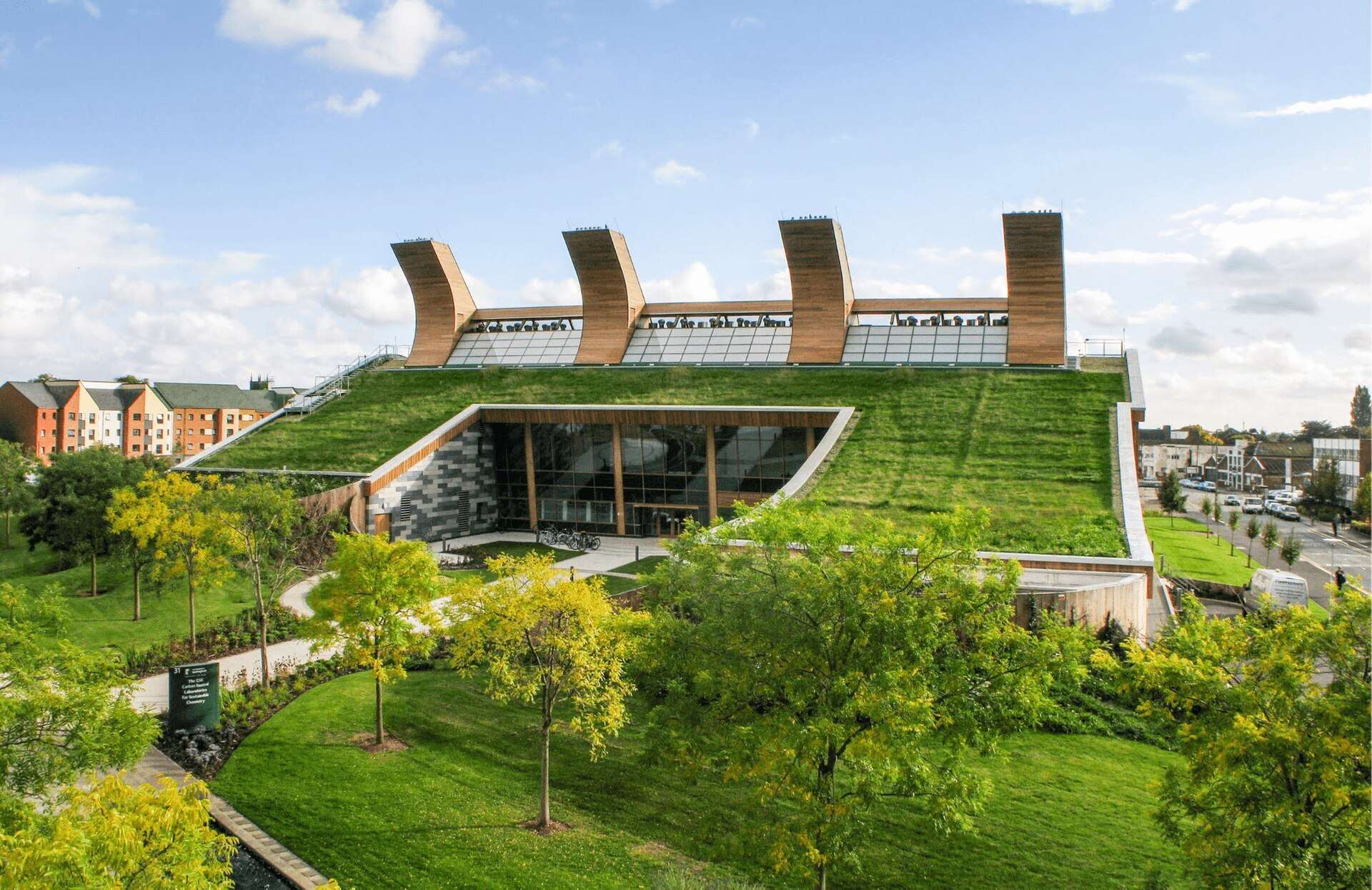
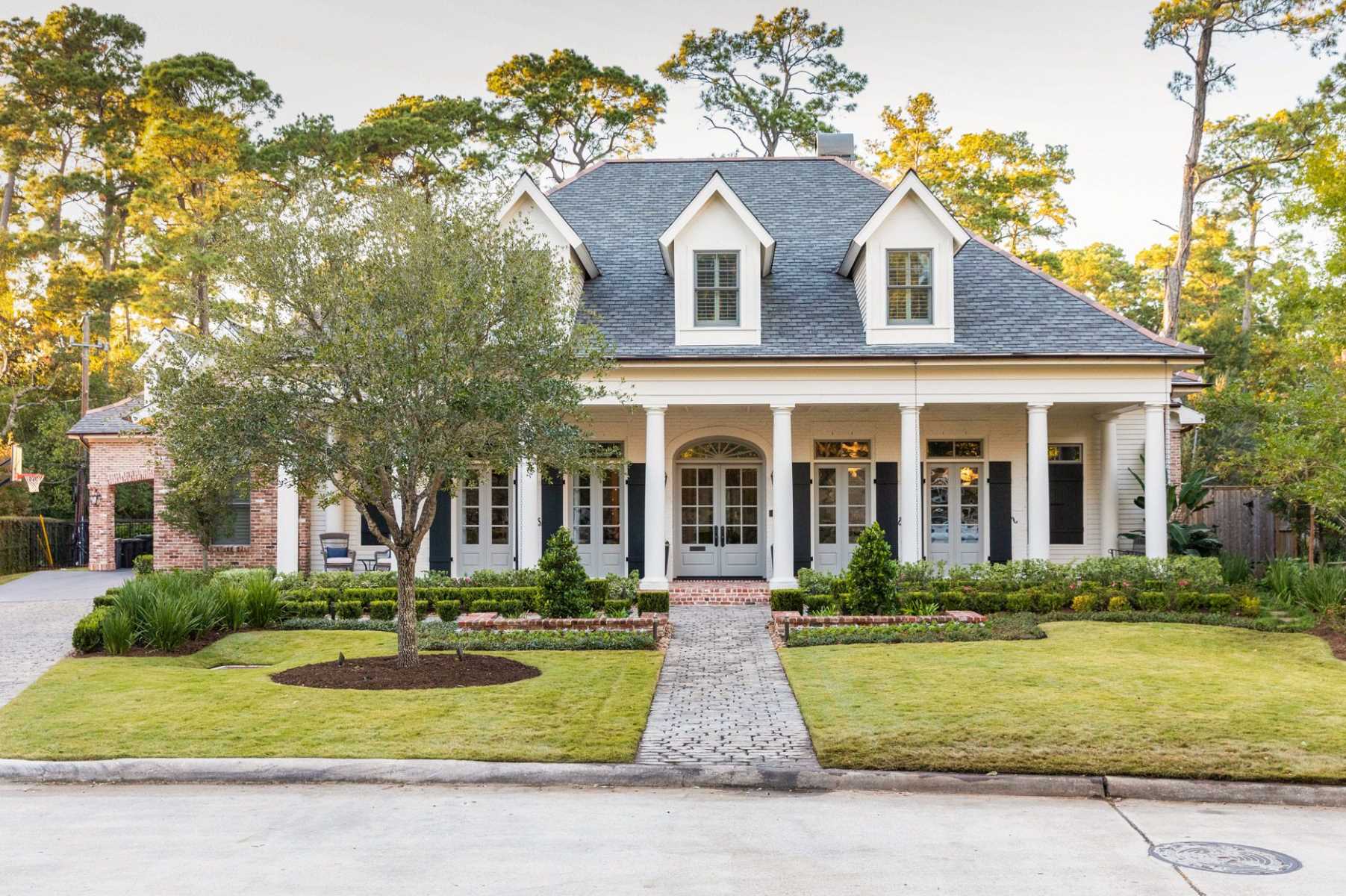
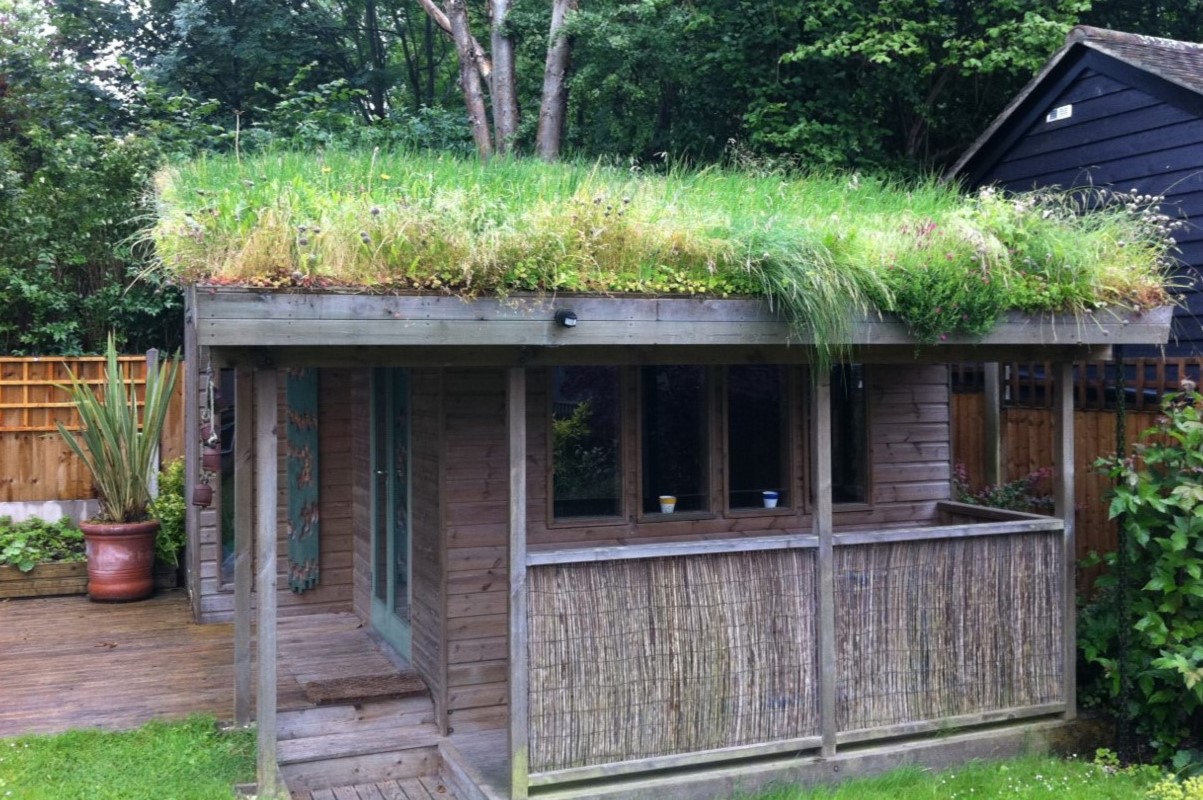
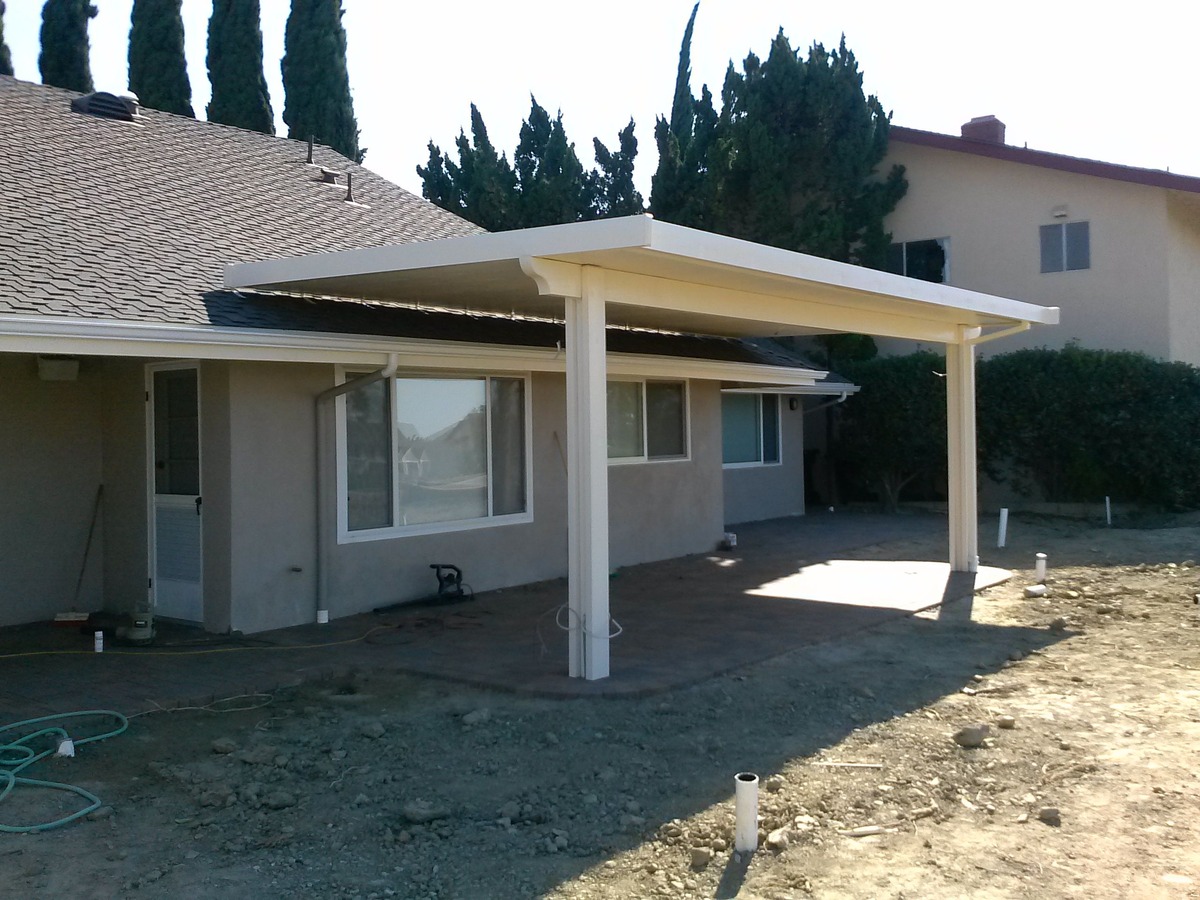
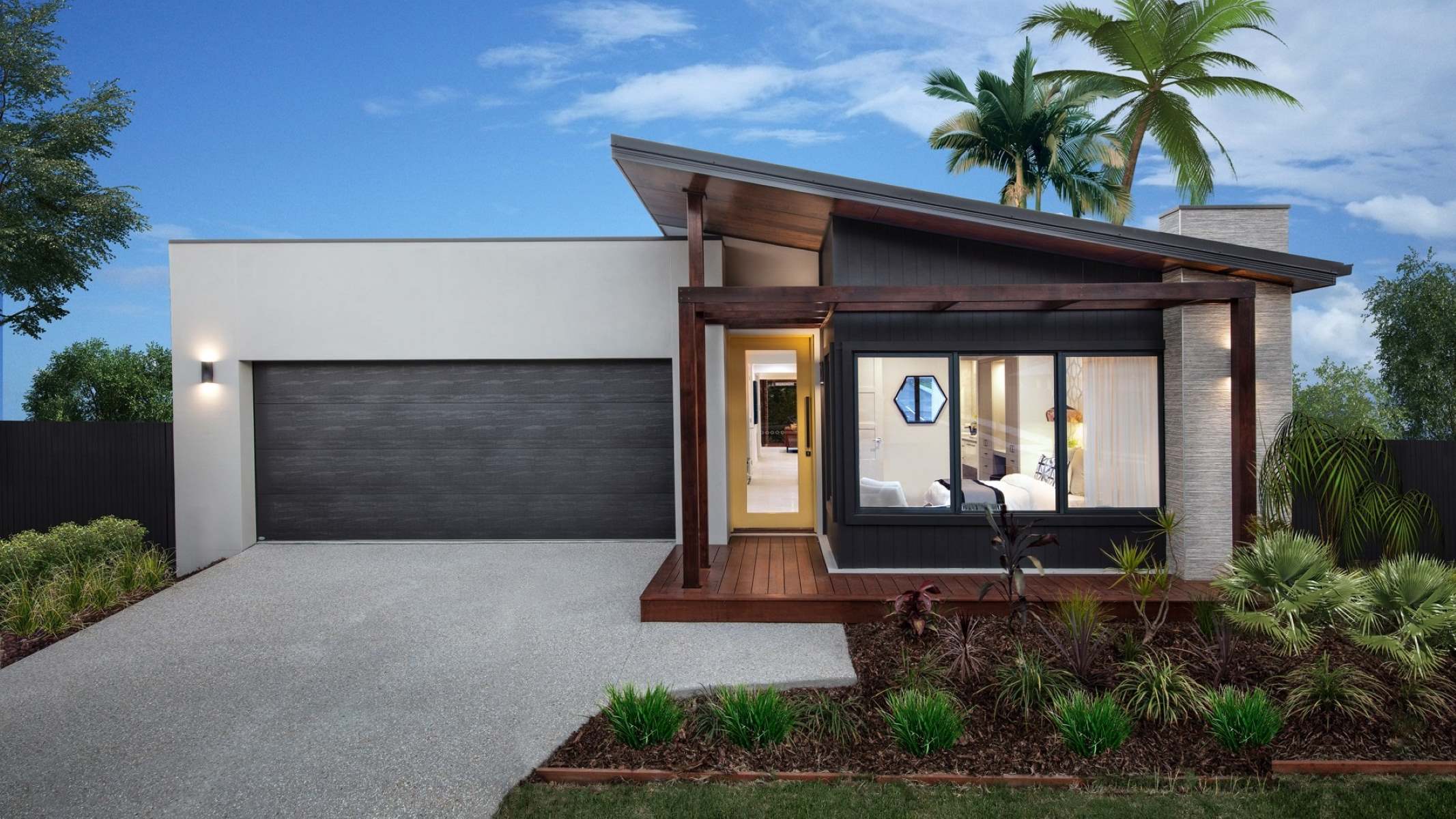
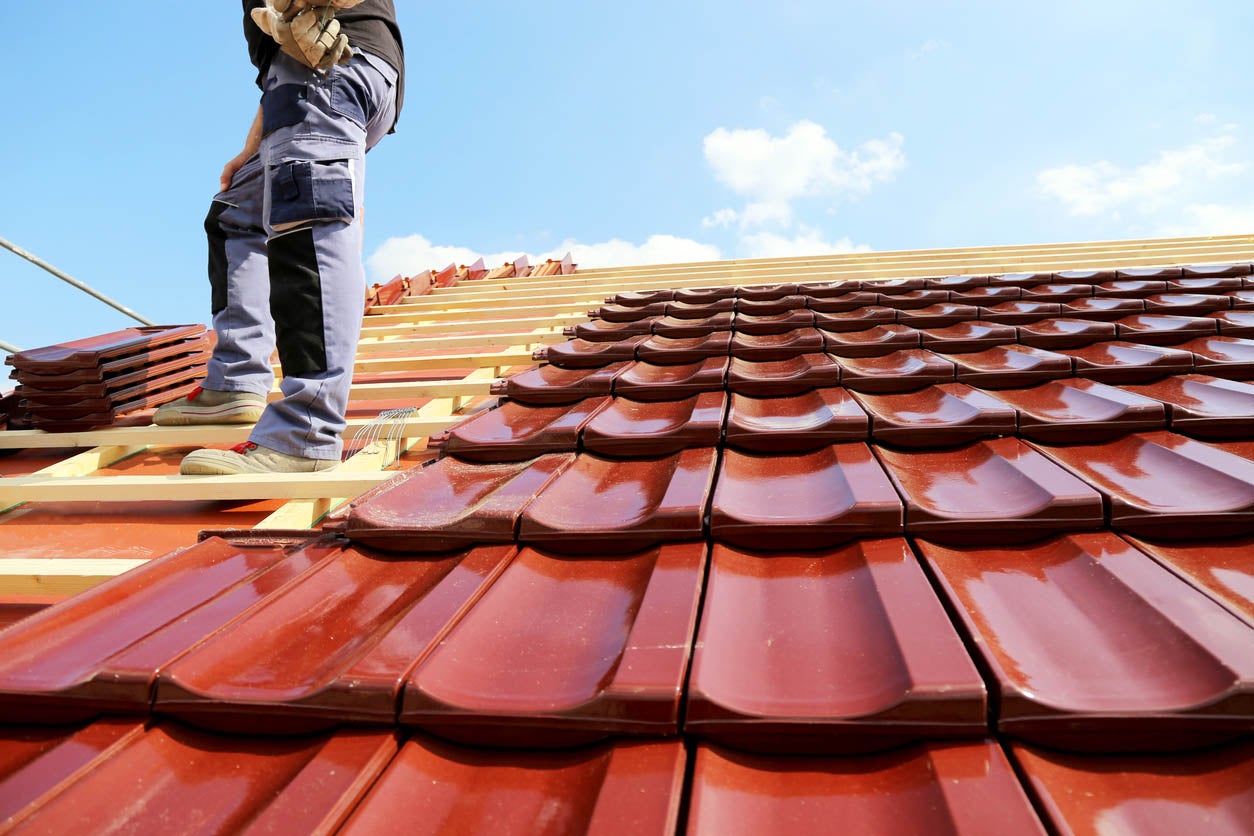
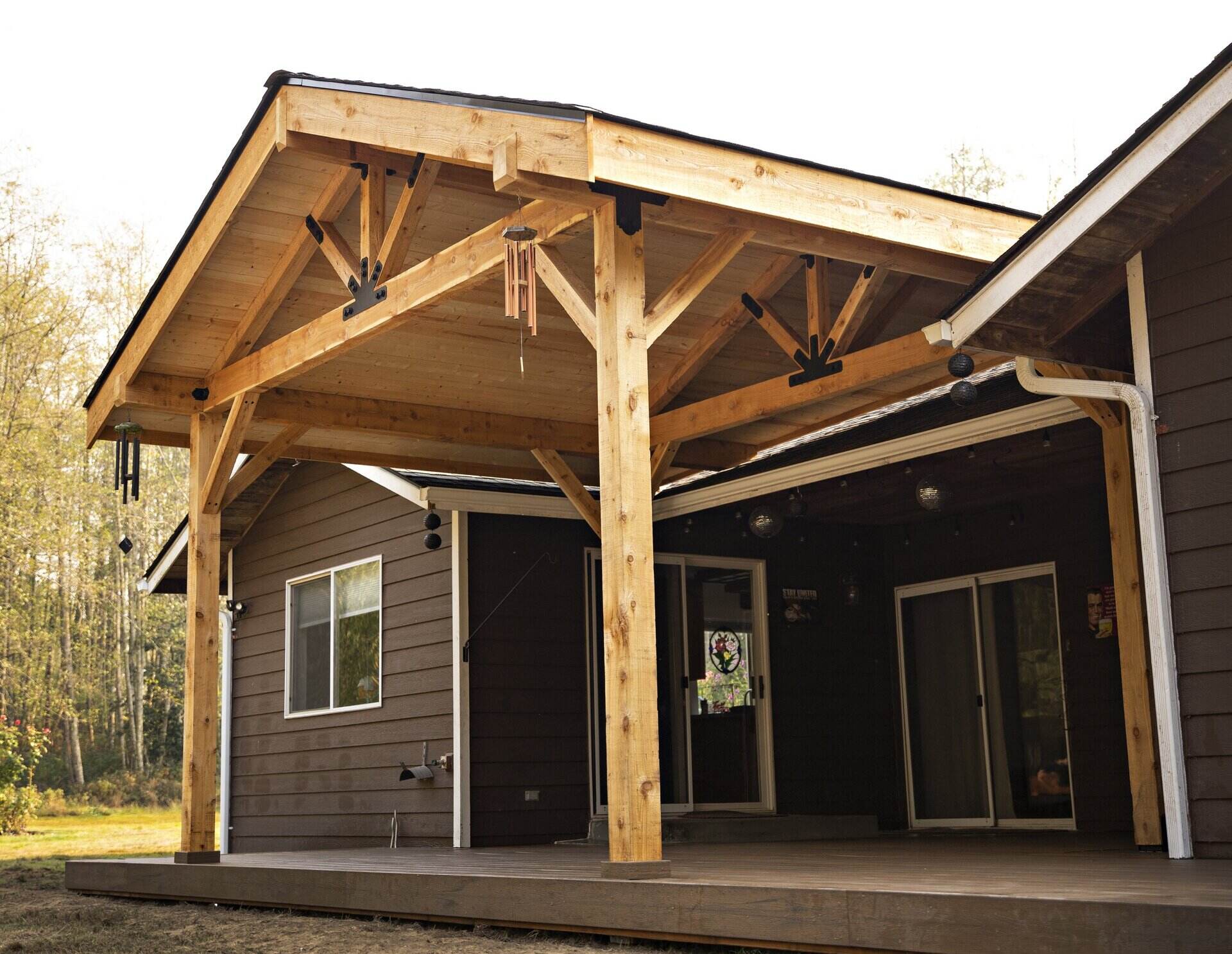
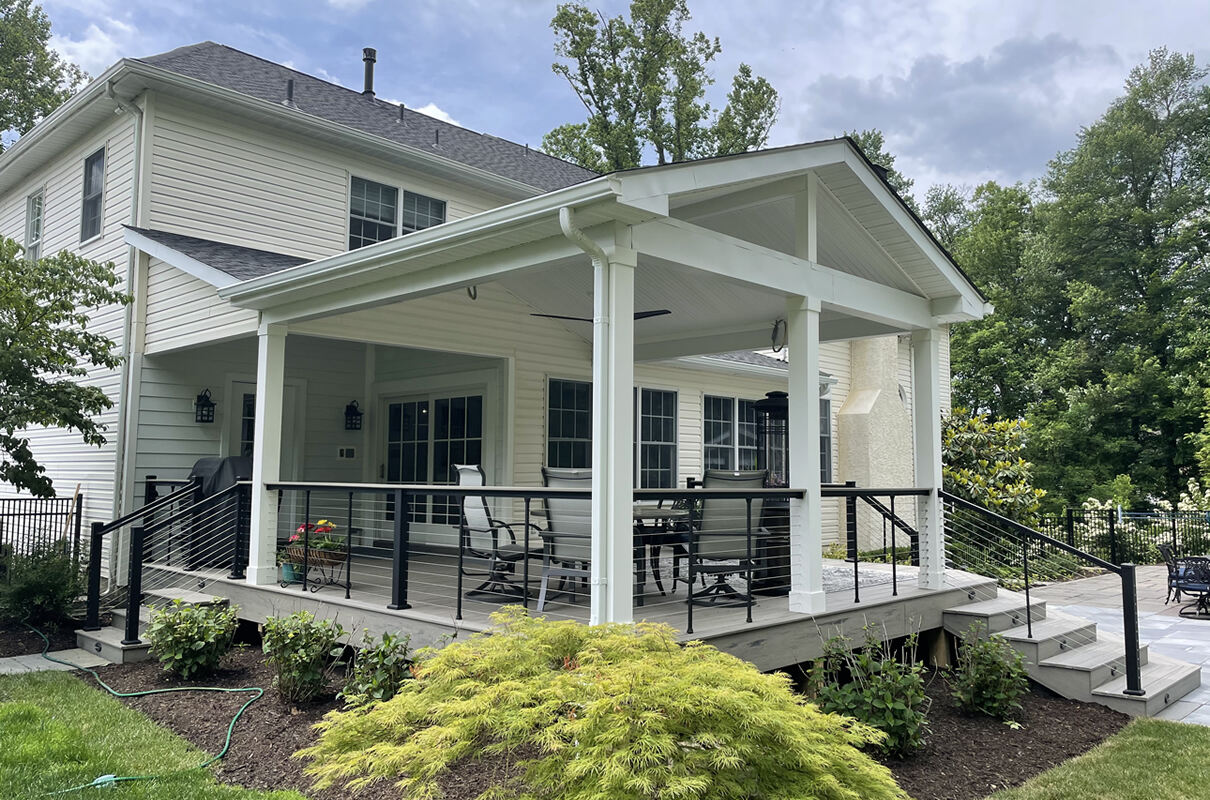
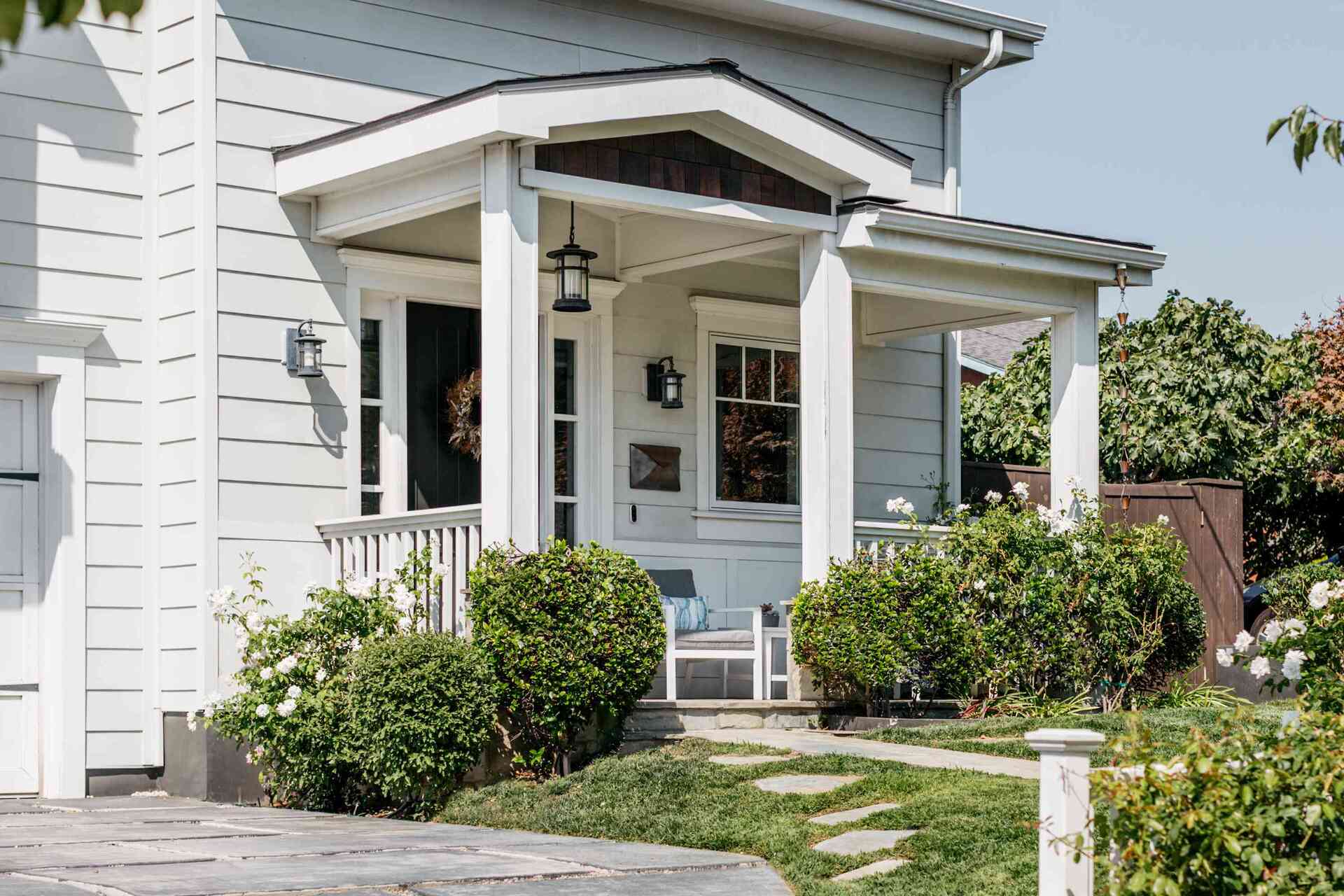
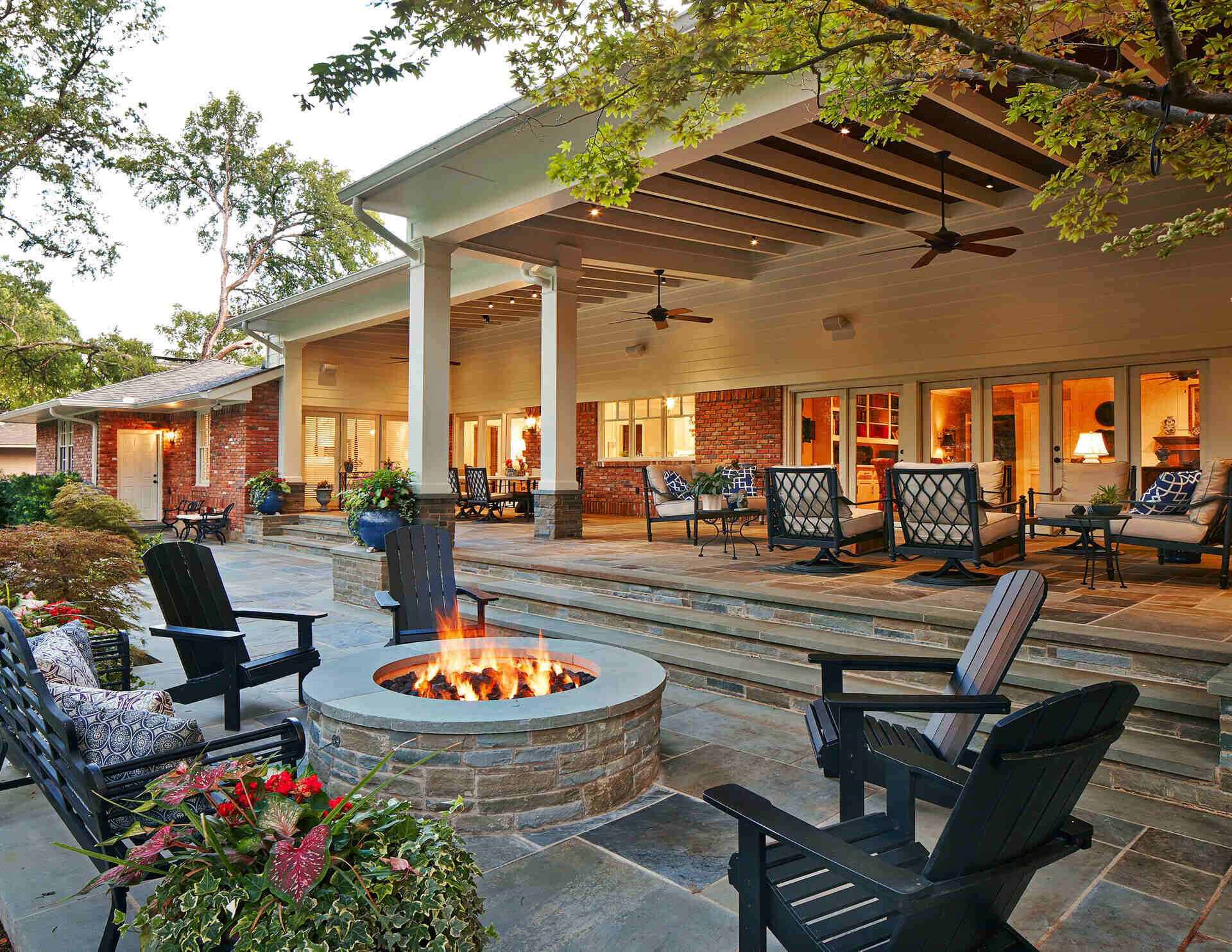
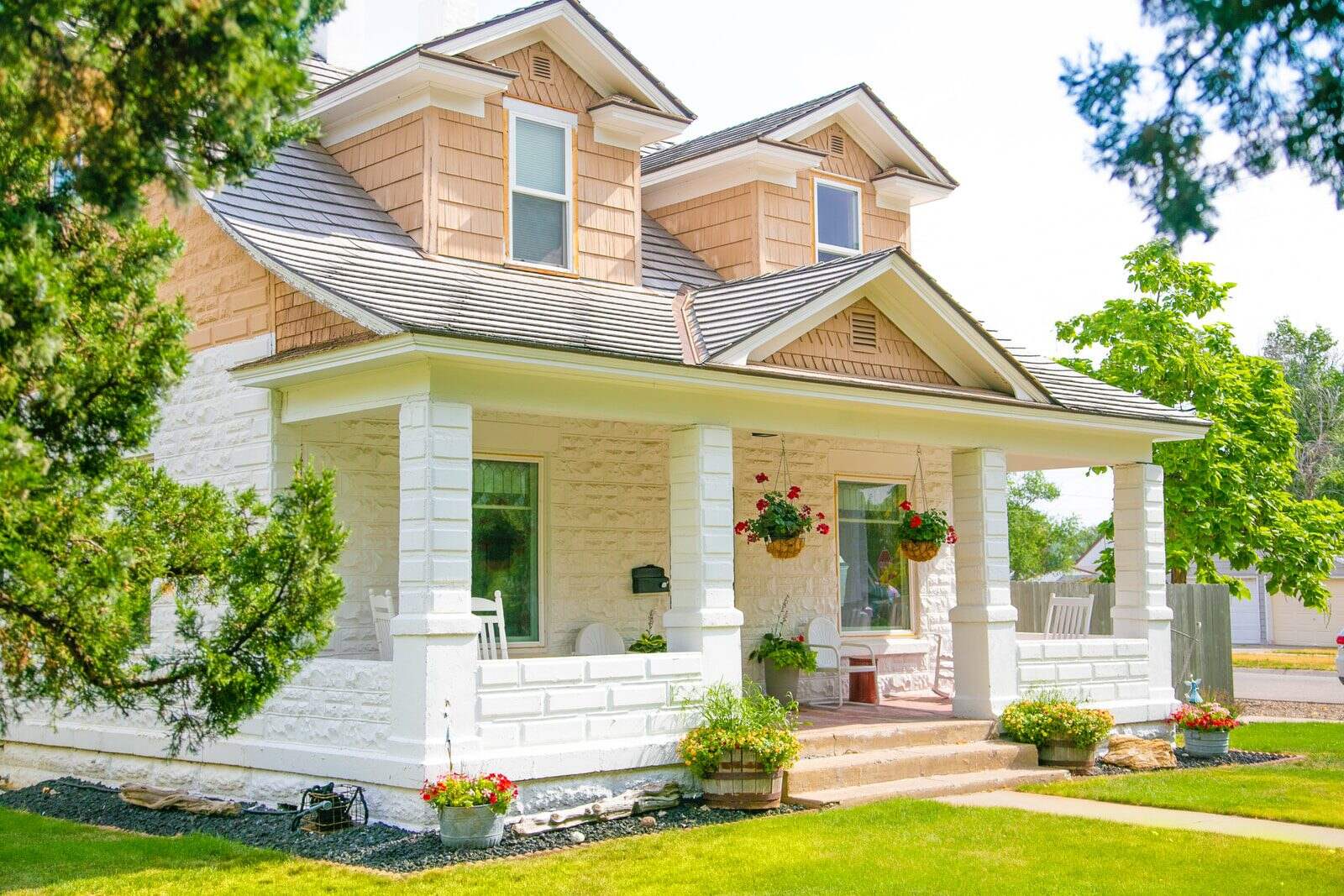
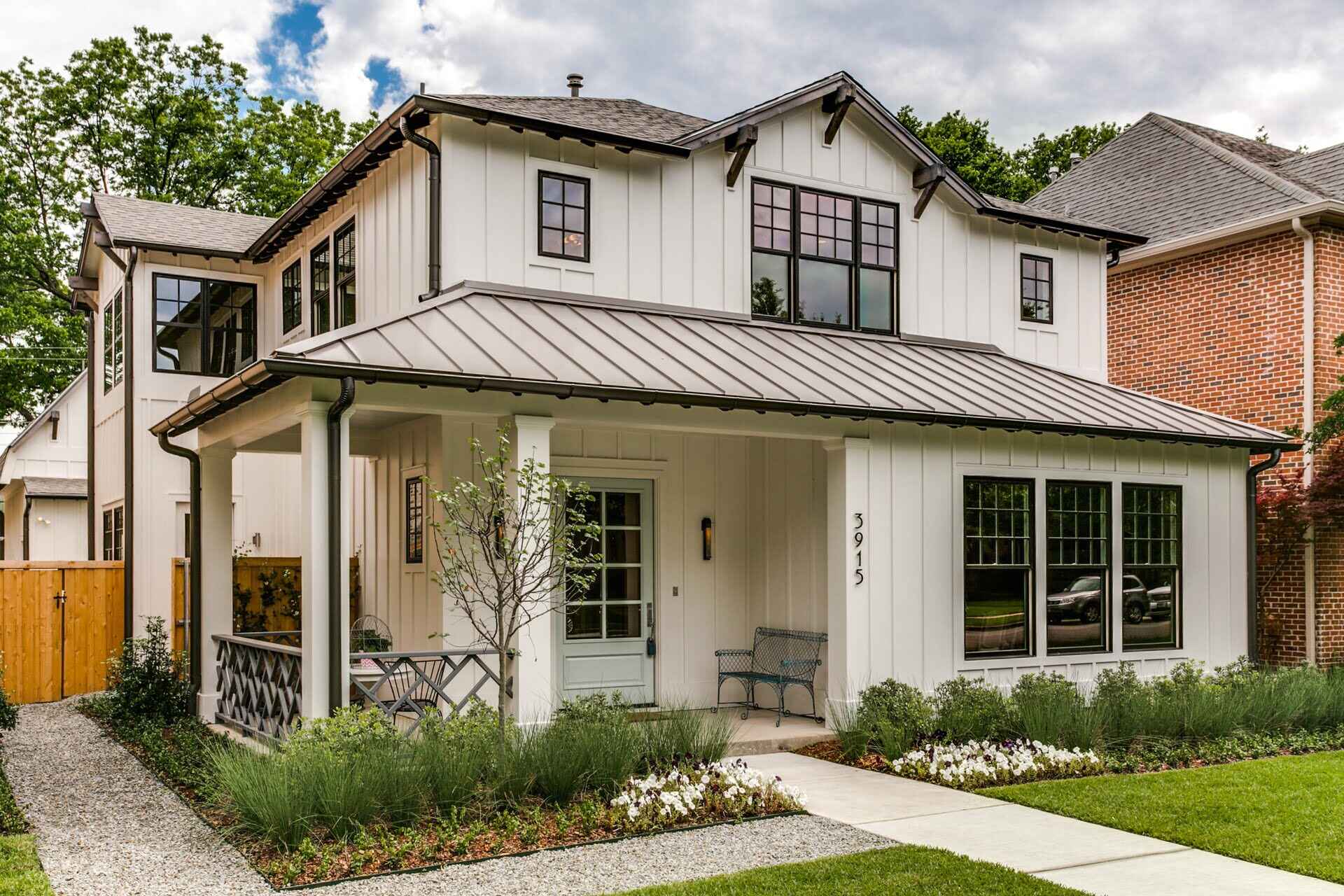
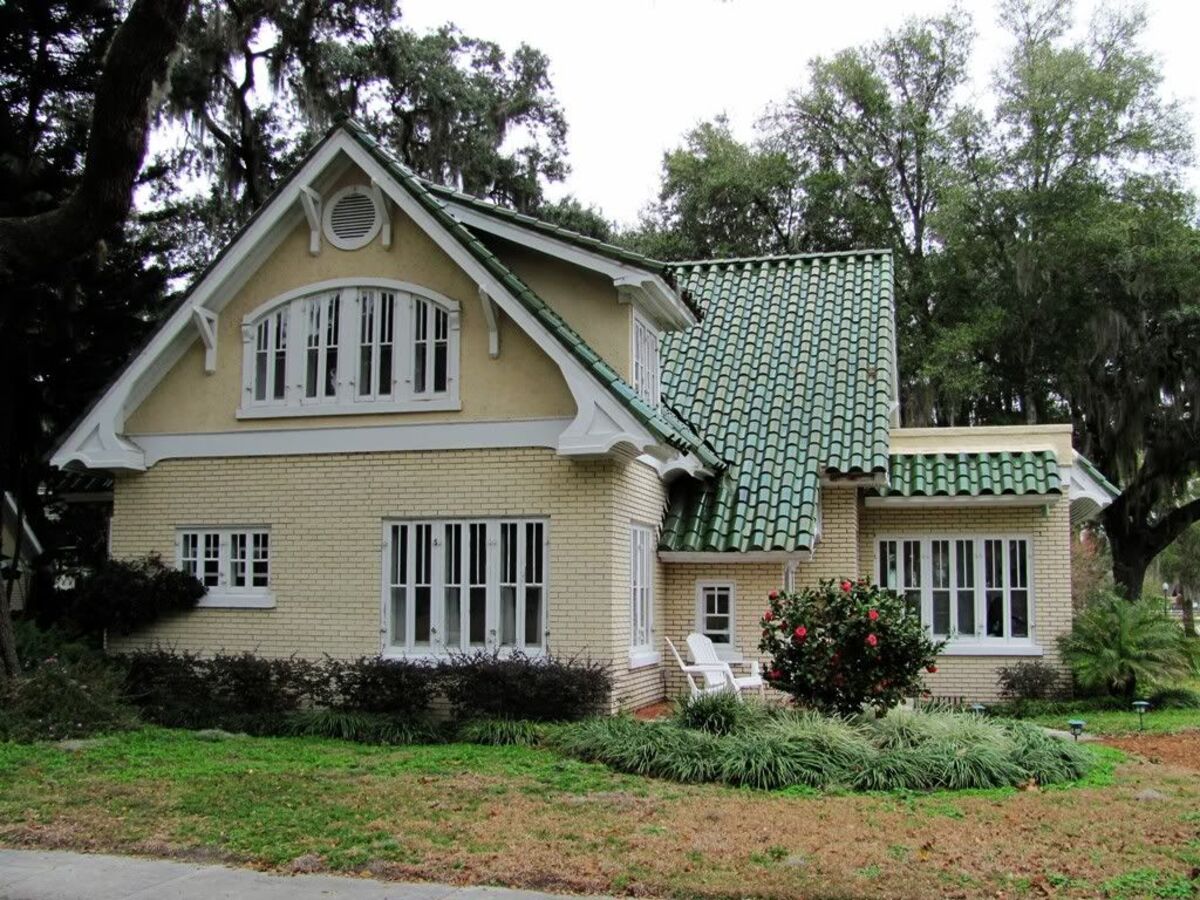

0 thoughts on “How To Design A House With A Green Roof”